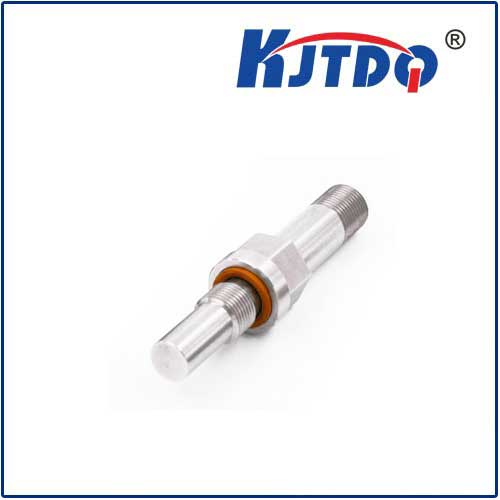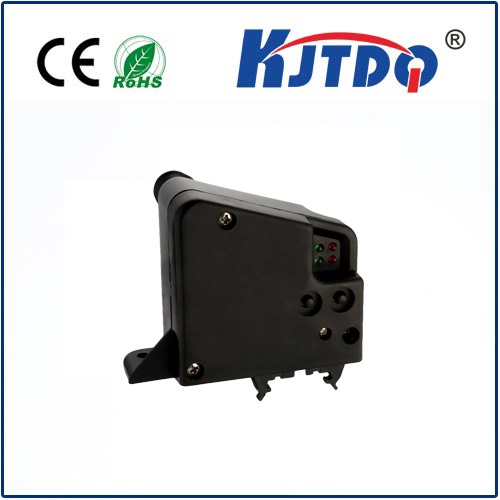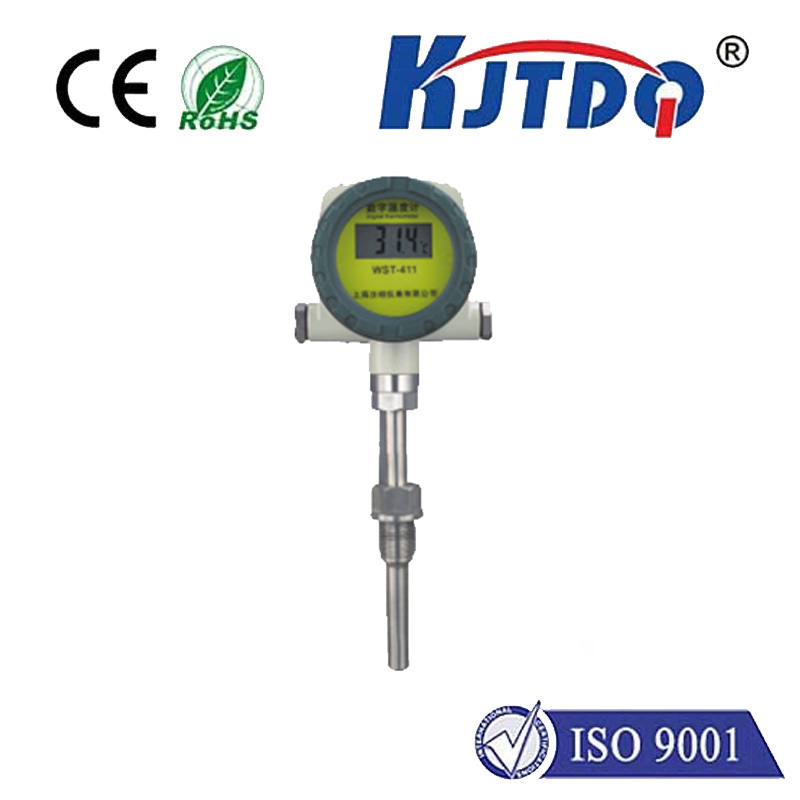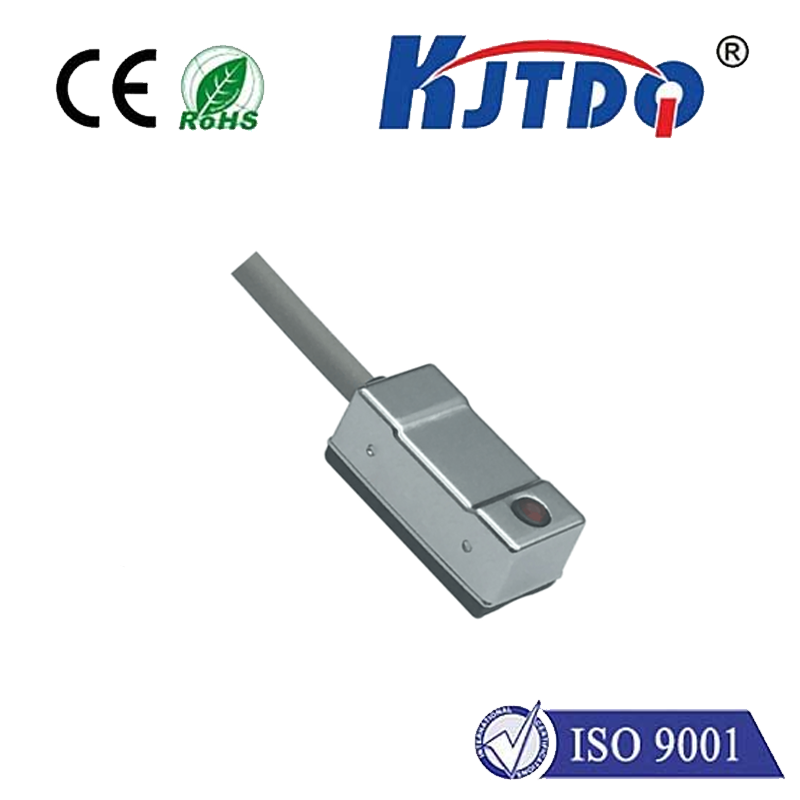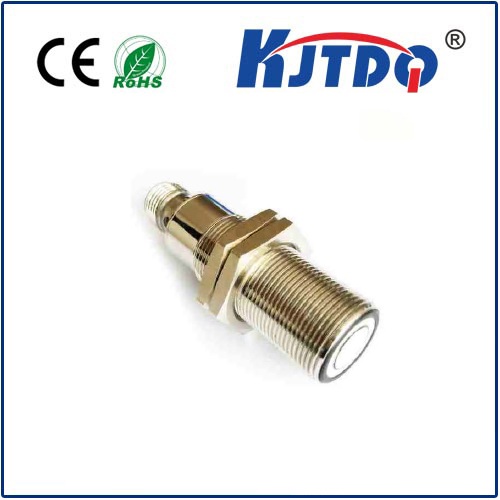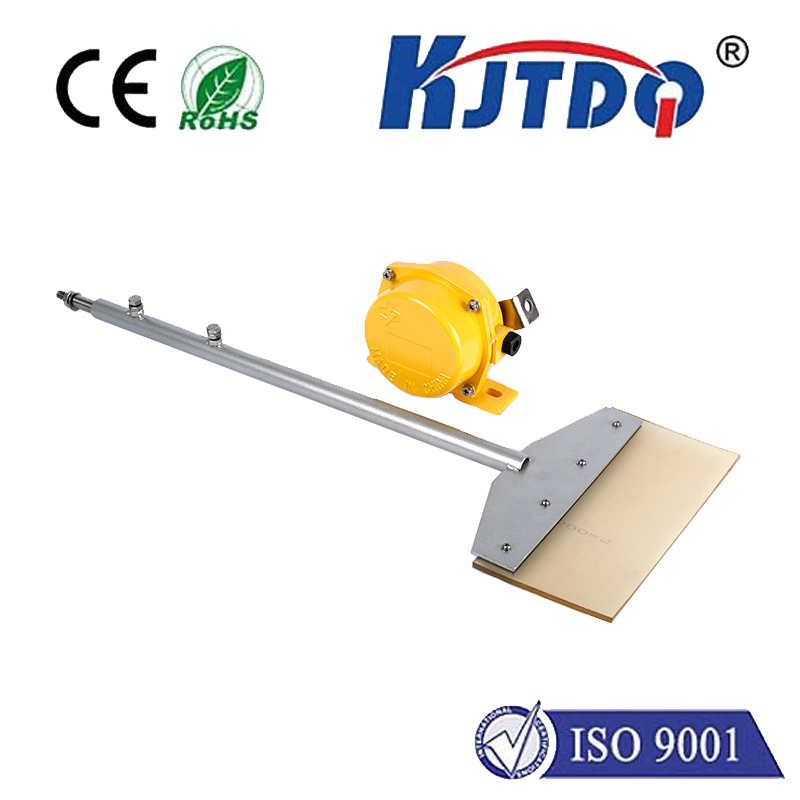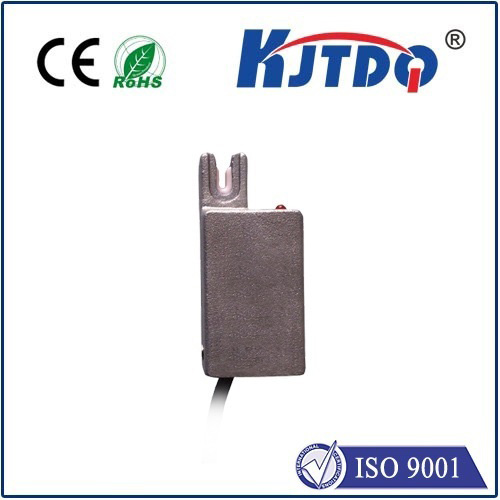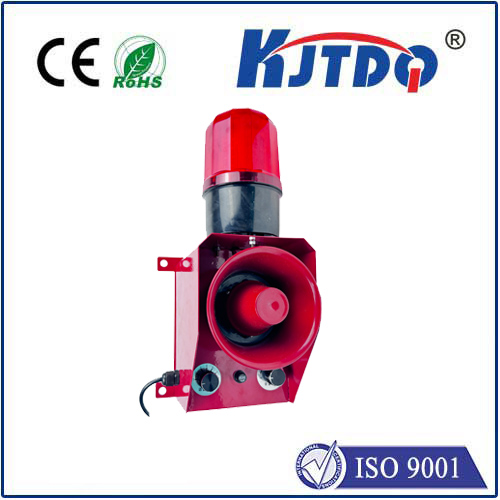
check

check

check

check
Title: “Enhancing Safety with Cutting-Edge Technology: The Role of Safety Proximity Sensors” In the realm of modern safety systems, one technological advancement stands out for its ability to significantly enhance security and prevent accidents: the safety proximity sensor. This ingenious device has revolutionized the way we perceive and manage potential hazards in both industrial and everyday environments.
A safety proximity sensor is an electronic device designed to detect the presence of an object within a specific distance without making physical contact. These sensors utilize various detection methods such as infrared, ultrasonic waves, or electromagnetic fields to measure the proximity of nearby objects. They are widely used in numerous applications, from ensuring worker safety in manufacturing plants to preventing collisions in autonomous vehicles.

In industrial settings, safety proximity sensors play a crucial role in protecting workers from machinery-related injuries. By detecting the presence of individuals or objects too close to hazardous equipment, these sensors can trigger alarms, shut down machinery, or activate emergency protocols. This proactive approach to safety helps reduce workplace accidents and ensures compliance with occupational health and safety regulations.
The automotive industry has also embraced the safety proximity sensor, particularly in the development of advanced driver-assistance systems (ADAS). These sensors assist in parking assistance, blind-spot monitoring, and even autonomous driving technologies. By providing real-time data on the distance between vehicles and other obstacles, they help mitigate the risk of collisions, thereby enhancing road safety for all.
Beyond industrial and automotive uses, safety proximity sensors have found their way into our daily lives. They are employed in automatic doors to prevent them from closing on people or objects, in escalator safety features to halt operation if an obstruction is detected, and even in household appliances such as robotic vacuum cleaners to avoid falling down stairs or bumping into furniture.
As technology continues to advance, the capabilities and applications of safety proximity sensors are only expected to grow. With the integration of artificial intelligence and machine learning, these sensors can become even more intelligent, capable of predicting potential dangers before they occur and adapting to dynamic environments. The future holds promise for even greater enhancements in safety across all sectors.
Safety proximity sensors represent a significant leap forward in our quest for a safer world. Their ability to provide non-contact detection and instantaneous responses makes them invaluable tools in preventing accidents and safeguarding lives. As we continue to innovate and incorporate these sensors into new technologies, the potential for improved safety measures is limitless. Embracing this technology not only demonstrates a commitment to safety but also paves the way for a more secure and accident-free future.
